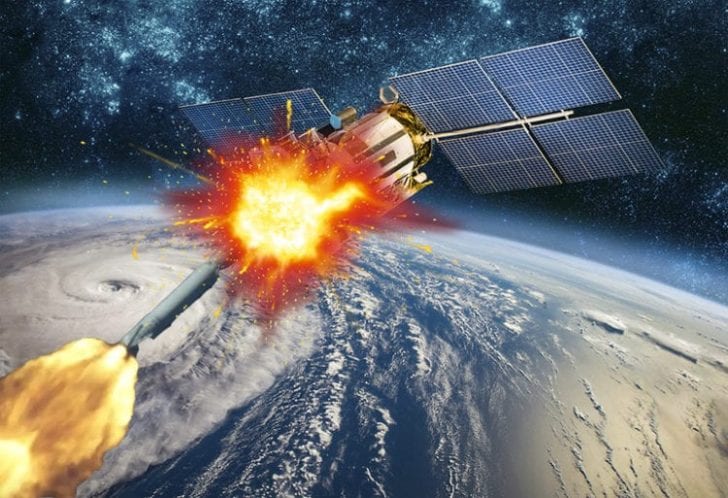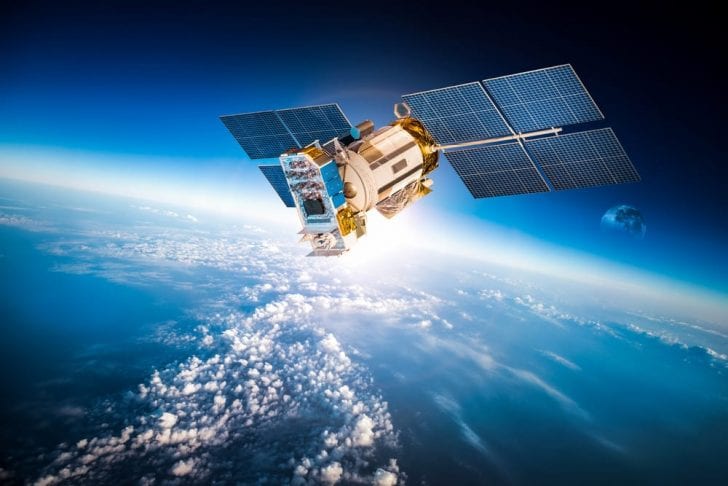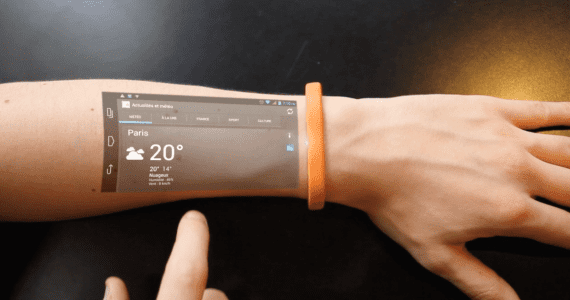In today’s day and age, fast internet connection has become as big of a necessity as food and water, but have you wondered how you’re able to connect to servers thousands of miles away within a fraction of a second to watch your favorite shows or connect with your friends on social media?

Increasing Space Traffic
Currently, there are over 4,000 satellites in Earth’s orbit, working on providing global internet coverage but this number could soon go up as space agencies like ESA and SpaceX prepare to launch tens of thousands of new satellites into the orbital space.
This might help boost our internet connectivity, but a spike in orbital traffic could also come with catastrophic consequences that could eventually trap us on this planet forever.

While the chances of satellite collisions are incredibly rare, an incident last year sparked concerns among the scientists.
On September 2, SpaceX was warned that its Starlink satellites could collide with ESA’s Aeolus, resulting in millions of debris particles that could trigger a chain reaction called the Kessler syndrome that’ll destroy every satellite in the orbit and cut off human access to the orbital space for hundreds of years.
The Kessler Syndrome
ESA eventually shot down its satellite to avoid the risk of collision but avoiding such accidents in the future might become difficult once Tesla launches thousands more Starlink satellites as planned.
The space agency initially wanted to launch 42,000 satellites but only got permission for 12,000 by the US government. If the plan doesn’t work out, it could result in a major collision resulting in small pieces of debris in the Earth’s orbit.

Accidents of such nature have happened in the past as well, such as the destruction of India’s spacecraft in May and the collision between US and Russian satellites in 2009. Currently, there are millions of pieces of debris orbiting our planet at the speed of 17,500 miles per hour.
While the bigger pieces are easier to track by the US Air Force, there are many pieces of junk as small as the tip of a pencil that can be equally dangerous and much harder to see.
If the space junk continues to increase in the future, it could increase the risk of collisions, and even one small accident could trigger a dangerous chain reaction called the Kessler Syndrome.




